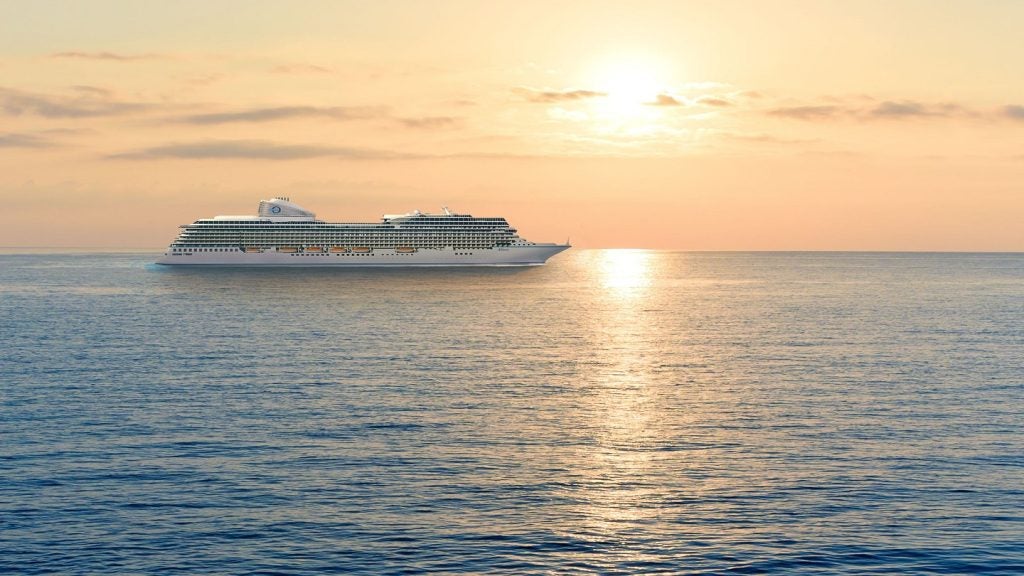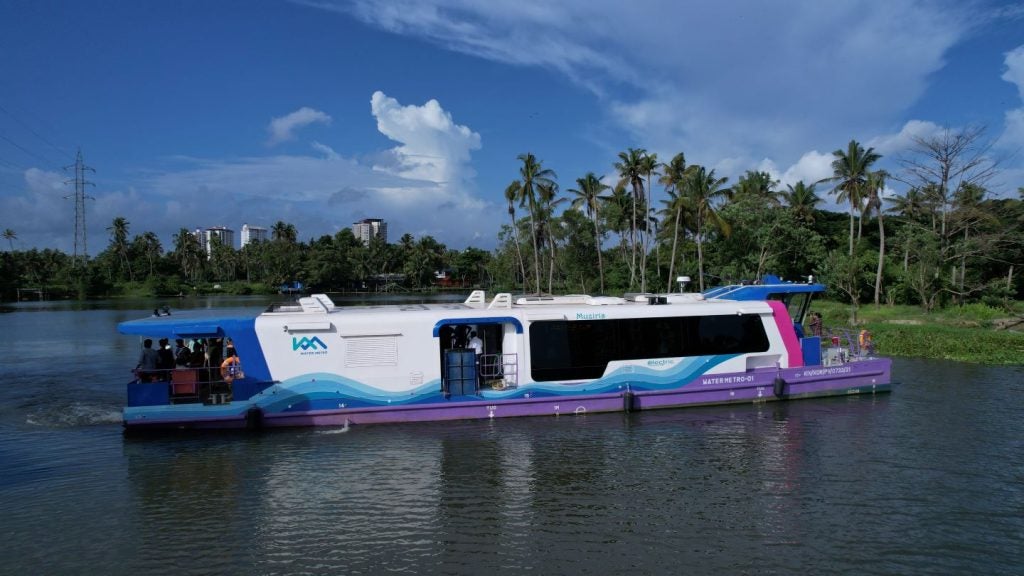The Port of Rotterdam in the Netherlands is one of the largest seaports in Europe.
It is considered to be a strategically important distribution point in Europe as it is surrounded by Europe’s highly-populated and industrialised centres – the German Ruhr district, Paris and London.
The Rotterdam’s port and industrial area are managed and operated by the Port of Rotterdam Authority (PoRA). It is a non-listed public limited company, with shares held by the Municipality of Rotterdam (75%) and the Dutch state (25%).
The port authority is responsible for handling shipping traffic and developing public infrastructure, existing port areas and new port sites. The main goal of the company is to strengthen the competitive position of the port in terms of size and quality.
The Maasvlakte II area of the port is currently undergoing expansion, which is expected to be completed by 2026.
Port of Rotterdam design and construction
The Port of Rotterdam occupies 12,464 hectares (ha) with industrial sites covering an area of 5,300ha, and infrastructure and water surface covering the remaining area. The length of the port is 42km, while its quay length is 89km and it has 131 jetties. The port also includes 1,500km of pipelines.
The port has 14 container terminals to handle short-sea, deep-sea and inland shipping, and 20 container depots.
PoRA invested €25m ($32.12m) to develop a 5ha site to accommodate the future expansion of the Botlek Tank Terminal. The terminal strengthened the port’s capacity to 490,000m³ in 2017. In 2019, the terminal added six tanks with a total capacity of 20,000m³ for biofuel storage.
Maasvlakte II project
The Maasvlakte II project included the extension of the port covering an area of 2,000ha. Construction of Maasvlakte II began in 2008 and completed in 2013. It was constructed in a protected nature conservation area called Voordelta.
The Port of Rotterdam Authority provided finance for the project, which included the construction of two deep-sea quay walls, two barge feeder quay walls and a 3.5km long breakwater. The project added 1,000ha of port area to the port.
Container terminal expansion
The container terminals in Prinses Amaliahaven of Maasvlakte II are currently undergoing expansion and will increase the port’s throughput by four million twenty-foot equivalent units (TEUs). The project includes the construction of 1,825m of deep-sea quay with a retaining height of 29m, 160m of inland shipping quay and 360m of revetment.
The quays will be dredged to a depth of more than 20m below the New Amsterdam Water Level. Construction of the quay walls commenced in spring 2021 and is expected to be completed in 2024. The quay walls will be installed with sensors to measure forces such as vessels, waves and wind.
In March 2023, the PoRa and APM Terminals signed agreements to expand its Maasvlakte II container terminal with an estimated investment of €1bn ($1.08bn). The expansion will increase APM Terminals’ capacity by two million TEU. It is expected to be completed in 2026.
In June 2023, container terminal Rotterdam World Gateway (RWG) announced its plans to expand its terminal in Prinses Amaliahaven. The expansion will increase RWG’s capacity by 1.8 million TEU. The initial phase of the expansion will be operational by the end of 2025.
Port of Rotterdam security
The three-level security at the port meets the International Ship and Port Facility Security (ISPS) Code standards. Level one is covered with standard protective security procedures.
Additional protective measures are taken at level two as the risk of a security incident is higher here. The highest is at level three, where the probability of security incidents is even greater.
The Port of Rotterdam Command and Control Centre is fitted with massive screens to track and analyse vessels.
The port also has an X-ray-based cargo container screening system, capable of screening 150 containers per hour.
Throughput
The total volume of cargo throughput reached 220.7 million tonnes in the first half of 2023, which was 5.5% lower compared to the same period of 2022.
Contractors
The contract for the construction of the first site of Maasvlakte II was given to the Project Uitbreiding Maasvlakte consortium. The consortium included Koninklijke Boskalis Westminster and Van Oord. The consortium was also responsible for maintaining the seawalls for five years.
Port Consultants Rotterdam was involved in the masterplan, basic design, construction management and other areas of the Maasvlakte II project.
Boskalis is carrying out the construction of two sand dams for the expansion of the port area. The construction is expected to be completed by the end of 2023.
The consortium of HOCHTIEF, Ballast Nedam and Van Oord is responsible for the construction of the quay wall.
Port of Rotterdam history
The Port of Rotterdam came into existence in 1283 when a small fishing village was created at the mouth of the Rotte River by reclaiming a tract of land. The port became a major seaport in 1360 after the construction of a canal to the Schie. This development allowed the port to gain access to larger cities in the north, and to facilitate the transport of goods between England and Germany.
The Port of Rotterdam became the country’s second most important port after its expansion along the Meuse. The discovery of the sea route to the Indies in the 17th century led to a boom period in the shipping and commerce sectors.
French occupation of the port from 1795 to 1815 drastically reduced trade. Trade increased again after the fall of Napoleon.
A railroad over the Meuse River was built in 1877, providing the southern Netherlands with access to the Port of Rotterdam. Bridges were also built to open the river’s south banks for the development of a larger harbour in 1890.
The Rotterdam’s Waal Harbour, which was built between 1906 and 1930, is one of the biggest dredged harbours in the world.
The port’s harbour territory was further enlarged with the construction of the Europort complex along the mouth of the Nieuwe Waterweg.
In 1940, during the Second World War, almost one-third of the port’s facilities were destroyed when it was attacked by Germany.
The port started its rebuilding operation after the end of the war. The old traditional buildings, destroyed during the fighting, were replaced by modern buildings.










